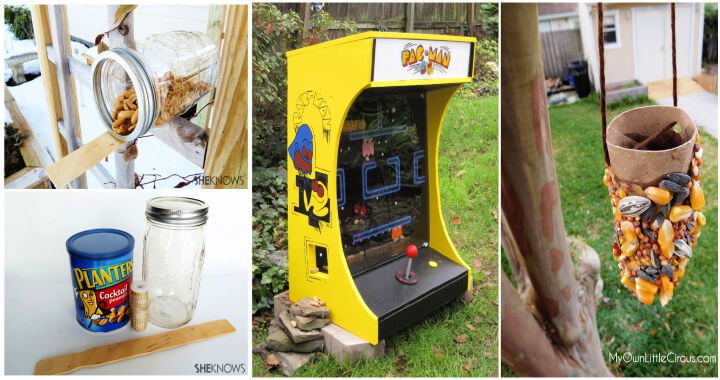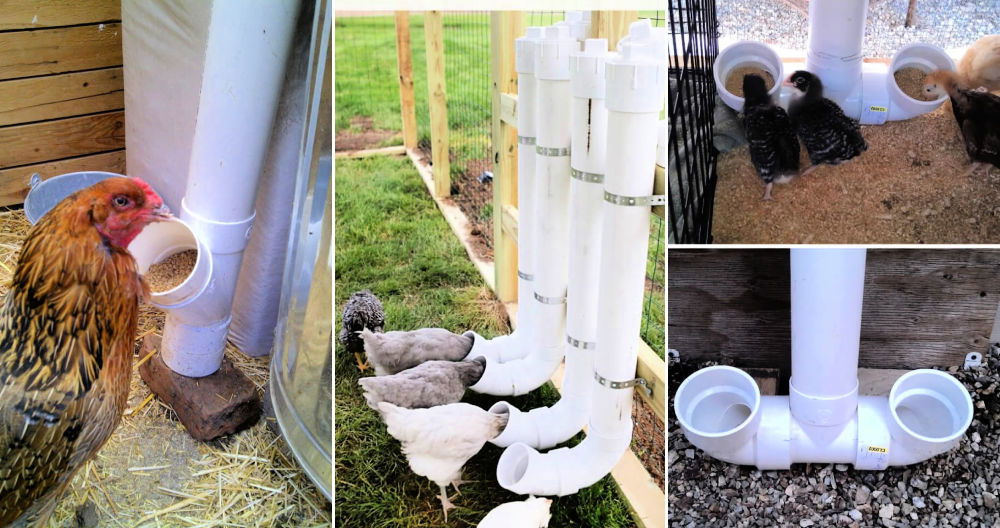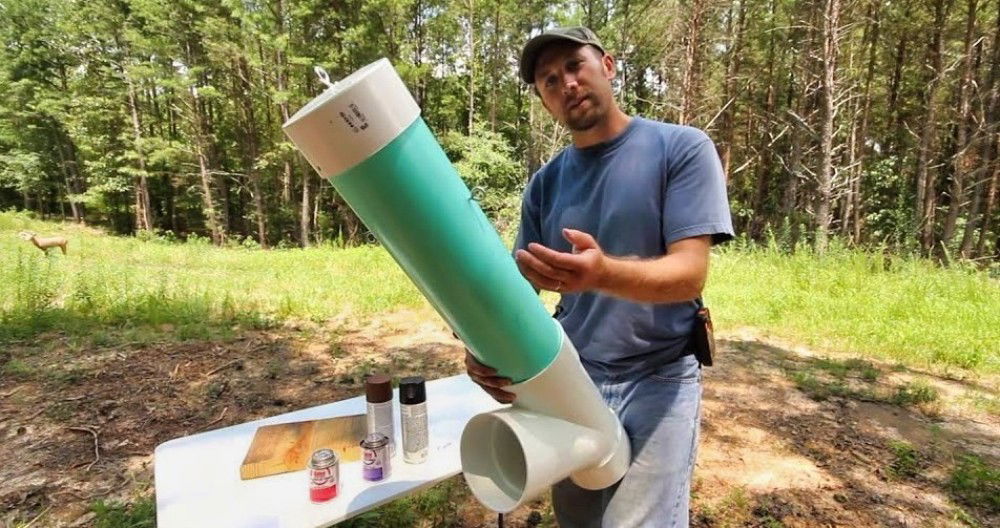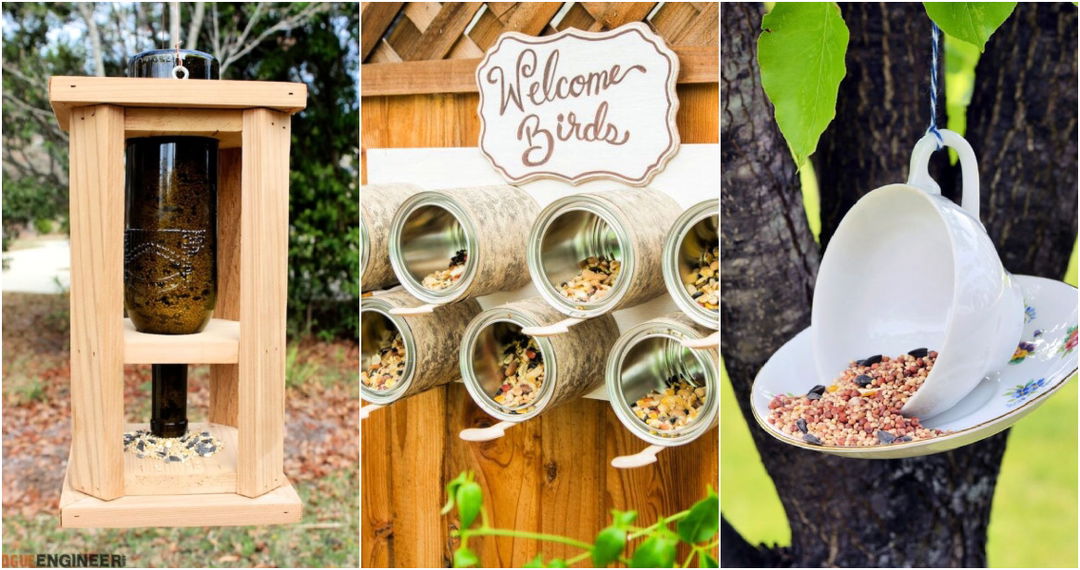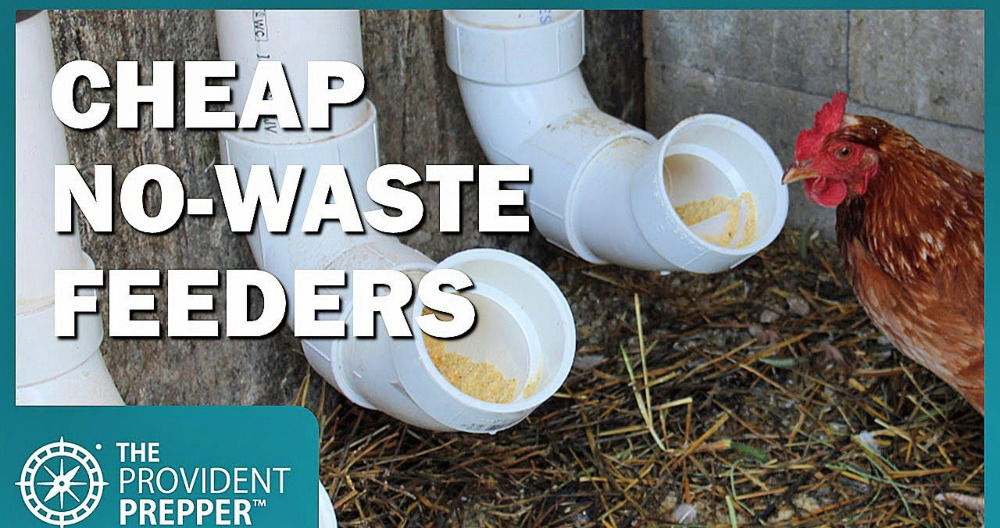Learning how to make a DIY squirrel feeder was an exciting project for me. One sunny afternoon, I decided to build a fun way to watch squirrels from my backyard. I gathered some simple materials like wood, nails, and a small glass jar. With a few easy steps and some creativity, I made a cute little feeder that the squirrels love to visit.
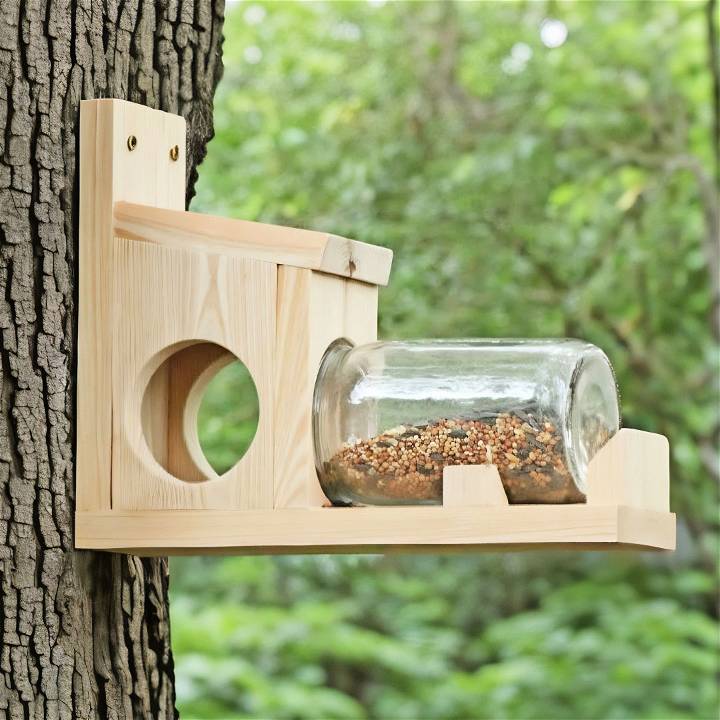
Building the homemade squirrel feeder took only a couple of hours. I nailed the pieces of wood together to form a small platform, then attached the jar to hold the food. It was so satisfying to see the squirrels enjoying the feeder I made myself. If you want to attract more wildlife to your yard, this project is a wonderful start. Try it out!
Gathering the Materials
- Mason Jar: The heart of this feeder is a one-quart mason jar, serving as the food reservoir. It's sturdy, easily available, and perfect for holding a generous amount of squirrel feed.
- Cypress Wood: Ideally, any exterior-grade wood that can withstand the elements would work. I chose cypress wood due to its durability and because I, too, had leftovers from a previous project. Remember, the goal is sustainability; use what you have to minimize waste.
- Glue: Opting for a weather-resistant adhesive, like Titebond III, ensures the longevity of the feeder amidst rain and humidity. This decision eliminates the need for screws, making the feeder look sleeker and ensuring there are no sharp edges for the squirrels.
- Bird Seed: While specialized squirrel feed exists, bird seed is a fantastic, readily accepted alternative. It's what I had on hand, and from my observations, squirrels are indeed fans of it.
Why Each Material Matters
Every chosen material had a purpose - the mason jar for safely storing feed, the cypress wood for structure and durability, weather-resistant glue for longevity, and bird seed to attract squirrels. The thought process behind selecting each was guided by practicality, environmental consideration, and the welfare of my backyard visitors.
Step by Step Instructions
Learn how to make a DIY squirrel feeder with our step-by-step instructions. Perfect project for attracting and feeding squirrels in your yard.
Cutting and Shaping the Wood
First, I trimmed the cypress wood to the required dimensions on a table saw, mindful of making pieces for the sides, bottom, and roof. The original design was simple enough to follow, and my cuts included special angles (10 degrees for the roof slope and 45 degrees for securing the mason jar) for a snug fit.
Making Openings
The feeder needed three key openings: one for the mason jar and two entry points for squirrels. I drilled these using a hole saw attached to my drill, though for the mason jar, a bit of extra work was needed. The hole initially was too small, so I gradually expanded it using a spindle sander until the jar fit perfectly.
Assembly
Gluing was the next and most crucial step. Applying a generous amount of Titebond III, I bonded the pieces together. Patience was key here, as a tight clamp and ample drying time were pivotal for a solid, enduring construct. I savored this moment of transformation, from individual pieces of wood to a coherent feeder structure.
Filling the Feeder
With the structure complete, the final step was to fill the mason jar with bird seed, then carefully invert and install it into the feeder. The excitement was palpable. This wasn't just about crafting; it was about welcoming more wildlife into my slice of suburban oasis.
The Outcome
The creation of this squirrel feeder has been a rewarding journey. From selecting materials with purpose to piecing together each part of the feeder, the process was imbued with anticipation and a learning curve that enriched my DIY skills.
Watching squirrels nimbly feeding from the feeder has been delightful. This simple project deepened my connection to my backyard's ecosystem and increased my appreciation for joyful human-wildlife interactions.
Customization Ideas for Your DIY Squirrel Feeder
Making a squirrel feeder can be a fun and rewarding project. Not only does it provide a food source for our furry friends, but it also offers an opportunity to add a personal touch to your garden or balcony. Here are some customization ideas to make your squirrel feeder unique:
- Choose a Theme: Decide on a theme for your feeder. It could be anything from a miniature house to a replica of your favorite landmark. This adds a playful element to your yard and makes the feeder a conversation piece.
- Paint and Decorate: Use non-toxic paints to give your feeder a splash of color. You can also add decorations like small figurines, stones, or even a tiny roof garden. Just make sure that any decorations are securely attached and safe for the squirrels.
- Interactive Elements: Incorporate elements that make the feeding process more engaging. For example, you could add a small puzzle that the squirrel has to solve to access the food, which can provide mental stimulation for the animal.
- Use Eco-Friendly Materials: Consider using recycled or sustainable materials for your feeder. Old wooden pallets, bamboo, or repurposed containers can be great choices that are kinder to the environment.
- Adjustable Feeding Ports: Design your feeder with adjustable openings. This allows you to control the amount of food dispensed and can help prevent overfeeding.
- Incorporate Planters: Attach small planters to the feeder to grow squirrel-friendly plants or flowers. This not only beautifies the feeder but also provides a natural food source.
- Personalize with Names: If you have regular squirrel visitors, why not name them and add personalized nameplates to the feeder? It's a charming way to welcome them back each day.
- Add a Viewing Window: Install a clear acrylic window on the feeder. This lets you watch the squirrels as they eat, providing endless entertainment for you and your family.
Have fun and be creative with your DIY squirrel feeder, turning it into a unique piece of art that shows your personality and love for nature.
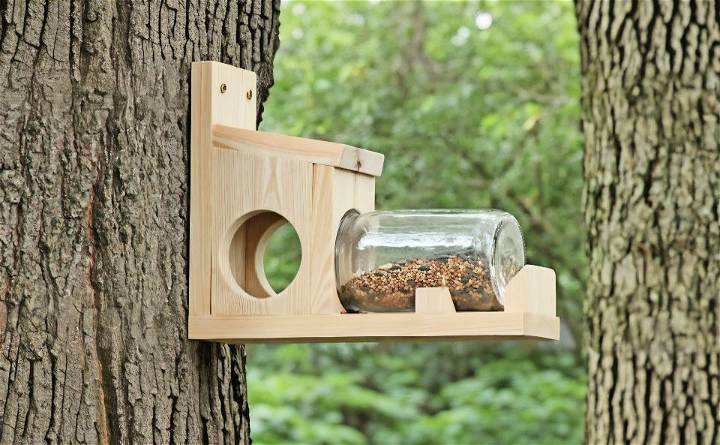
Seasonal Adjustments for Your DIY Squirrel Feeder
When you're making a DIY squirrel feeder, it's important to consider the changing seasons. Squirrels have different needs throughout the year, and your feeder should reflect that. Here's how you can adjust your feeder with the seasons to keep your furry visitors happy and healthy all year round.
Spring:
- Plant Growth: Spring is a time of renewal. Consider planting squirrel-friendly flowers or shrubs near your feeder.
- Nesting Material: Provide materials like cotton or small twigs that squirrels can use for their nests.
Summer:
- Water Source: Add a shallow water dish to help squirrels stay hydrated during the hot months.
- Shade: Ensure your feeder is in a spot where squirrels can eat without overheating.
Autumn:
- Nut Variety: Offer a variety of nuts, as this is the time squirrels are foraging for winter.
- Weather Protection: Start to prepare the feeder for colder weather by ensuring it's waterproof and secure.
Winter:
- Insulation: Add some insulation to keep the food from freezing.
- Easy Access: Make sure the feeder is accessible and not blocked by snow or ice.
Adjust seasonally to aid squirrels and keep your feeder a vibrant wildlife spot year-round. Stay simple, safe, and considerate, and enjoy an active, joyful garden.
FAQs About DIY Squirrel Feeder
Explore our comprehensive faqs about DIY squirrel feeders for tips, materials, and step-by-step guides to build your own feeder easily!
Squirrels enjoy a variety of foods, including unsalted nuts (preferably in the shell), seeds, dried corn, and raw fruits and vegetables. Avoid salted or processed foods as they can be harmful to squirrels’ health.
Install your feeder in a quiet area of your yard where squirrels feel safe. It should be away from busy roads and loud noises. Attaching it to a tree, fence, or pole at least 5 feet off the ground will help protect the squirrels from predators.
Yes, providing a separate feeding station for squirrels can help deter them from raiding bird feeders. By offering squirrels their own source of food, they’re less likely to compete with birds for the same resources.
To ensure the safety of squirrels, avoid using materials that can splinter or have sharp edges. Use untreated wood and non-toxic paints or stains if you wish to decorate your feeder. Also, make sure the feeder is stable and won’t tip over or fall, potentially injuring the animals.
Regular maintenance is essential to keep your squirrel feeder in good condition and hygienic for its visitors. Clean the feeder periodically to prevent mold and bacteria growth, especially if you're using perishable foods. Check for and repair any damage to the feeder to ensure the safety of the squirrels.
Closing Thoughts
Wrapping up, making a DIY squirrel feeder is a fun and rewarding project. It not only helps feed the local squirrels but also adds a charming touch to your yard. By following this simple guide on how to make a DIY squirrel feeder, you can enjoy watching these delightful creatures up close. Feel free to experiment and make your own homemade squirrel feeder unique!


